

EDITS
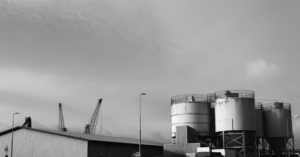






EDITS






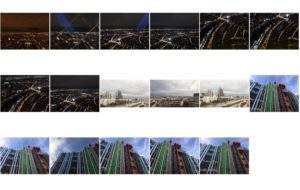


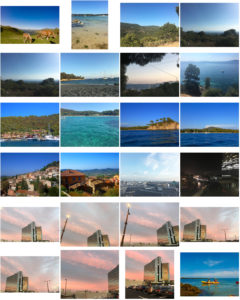
Strongest images

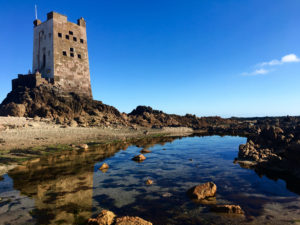
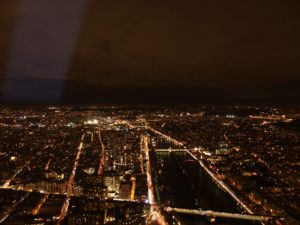
Beomsik Won takes photographs of urban buildings from different times and spaces, breaks them down into segments using digital techniques, and constructs collages to create familiar-looking, yet imaginary buildings. To make these “Archisculptures” as it is called, he carefully combines the segments taking into consideration the architectural size, space, and formative elements; he then places them against simple backgrounds, and lastly adds people or birds for the viewers to guess the size of the building. Although these strange buildings are products of the artist’s imagination, they show various styles of architectures throughout history.





My response to Beomsik Won.

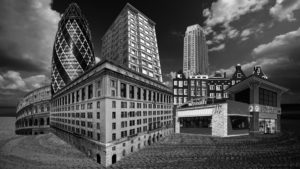
Psycho-geography describes the effect of a geographical location on the emotions and behaviour of individuals. The term psycho-geography was invented by the Marxist theorist Guy Debord in 1955 in order to explore this. Inspired by the French nineteenth century poet and writer Charles Baudelaire’s concept of the flâneur – an urban wanderer – Debord suggested playful and inventive ways of navigating the urban environment in order to examine its architecture and spaces.
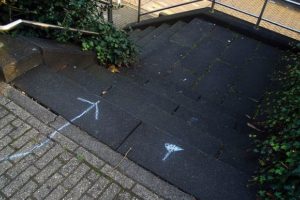


New topographics was a term coined by William Jenkins in 1975 to describe a group of American photographers such as Robert Adams and Lewis Baltz whose pictures had a similar banal aesthetic, in that they were formal, mostly black and white prints of the urban landscape. Many of the photographers associated with new topographics including Robert Adams, Lewis Baltz, Nicholas Nixon and Bernd and Hiller Becher, were inspired by the man-made, selecting subject matter that was matter-of-fact. Parking lots, suburban housing and warehouses were all depicted with a beautiful stark austerity, almost in the way early photographers documented the natural landscape.

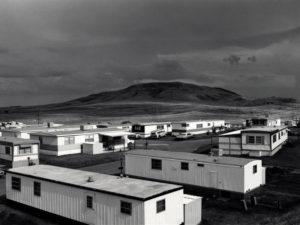

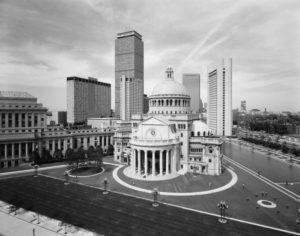
My Edits
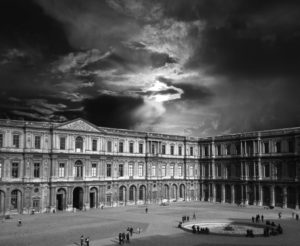
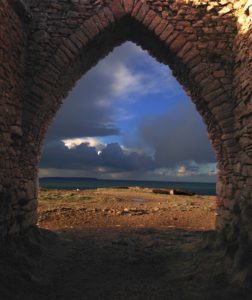



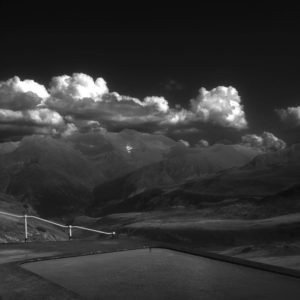

An artistic and intellectual movement originating in Europe in the late 1700's and characterized by a heightened interest in nature, emphasis on the individual's expression of emotion and imagination, departure from the attitudes and forms of classicism, and rebellion against established social rules and conventions. Romanticism was developed in the 1700’s. Originating with paintings, the romanticist movement was later applied to photography. Romantic photography can be identified through the heightened detail concerning nature and the beauty of the natural world, which encourages the expression of emotion and feeling through photographs.

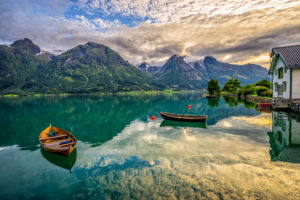
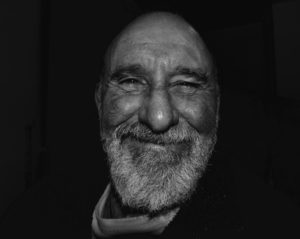





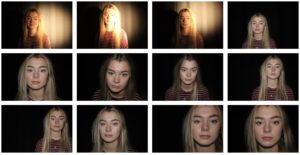
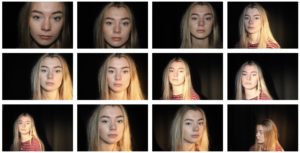
My favourite images

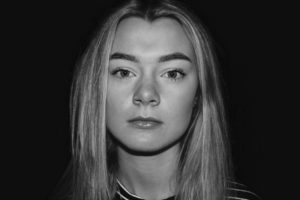

http://www.zunlee.com/streetportraits file:///H:/Downloads/Street-Photography_2%20(2).webp Zun Lee is an award-winning Canadian photographer, below I have included some photos from his street portraiture project. "I can’t explain nor predict what exactly I’m looking for or who I'll be drawn to as I roam the streets. It’s any combination of their personality, their energy, their appearance, etc. but subconsciously I know it’s deeper than that – and my subjects often know that, too. It doesn’t matter whether they last a few seconds or several minutes, the encounters I experience share a common theme: Strangers will open up to me as if to say “I don't have a clue who you are but I trust you”. And that’s invariably a two-way street: I have to give up my own secrets in order to receive theirs. In reality, the people I photograph are therefore neither random, nor strangers. I find I gravitate towards them for a reason: The portraits often have an undercurrent of self-discovery and identity exploration, and so they're every bit about myself as they are about the subject" - Zun Lee talking about his street portraiture.


